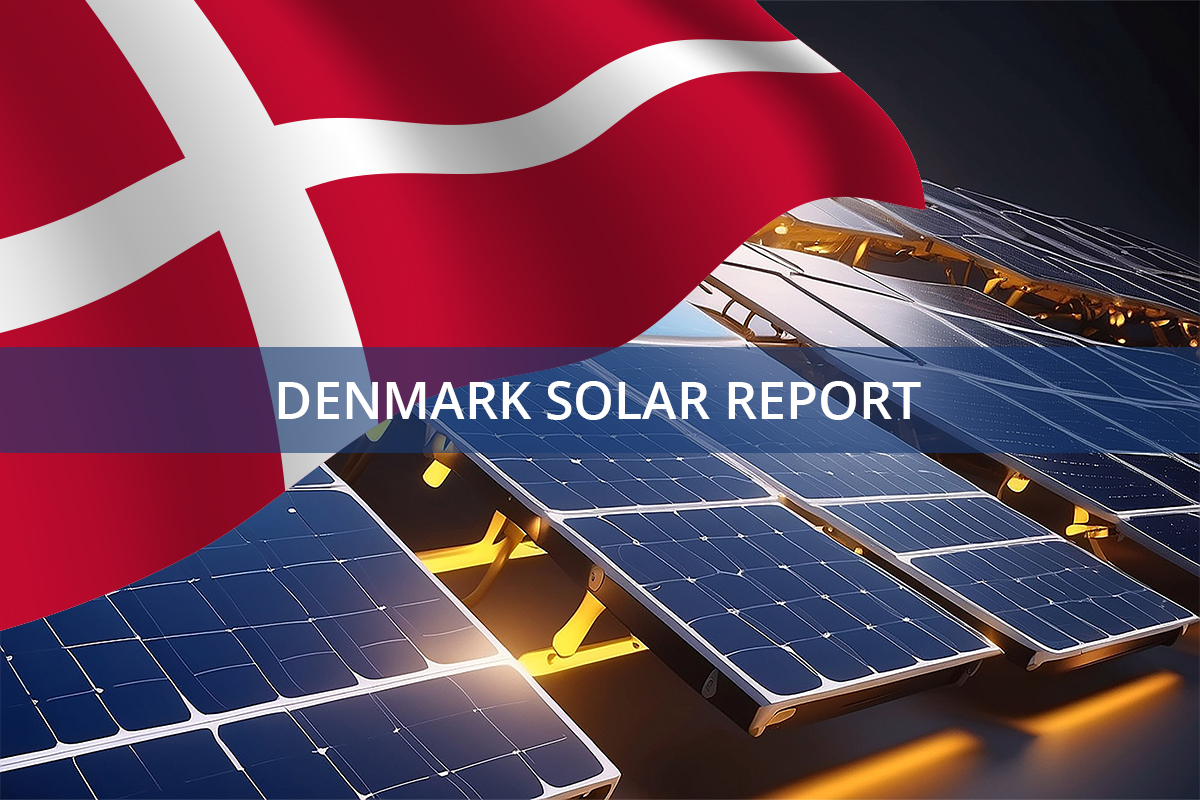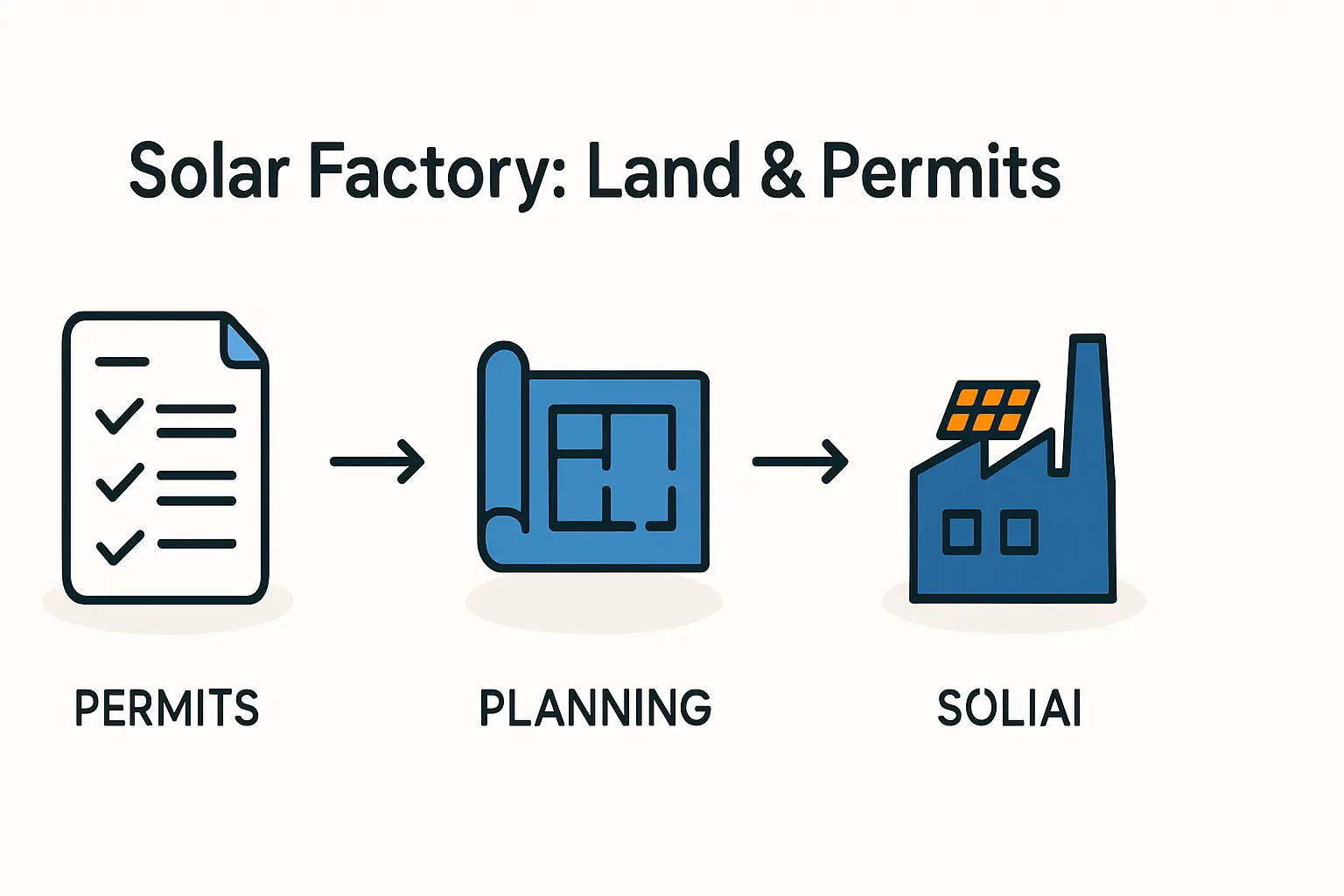Denmark's new solar strategy focuses on market-driven expansion, aiming to simplify the installation of solar panels on commercial properties and rooftops. With solar energy capacity tripling from 2020 to 2023, the strategy addresses the growing demand for electricity and supports the country’s green transition.
A Market-Driven Solar Expansion
Denmark has taken another step toward a greener future with its new solar strategy. This initiative focuses on market-driven expansion. Over the past three years, Denmark has tripled its solar energy capacity. Now, the country aims to make it easier to install solar panels — especially on commercial properties and urban rooftops.
Solar energy has become a key part of Denmark’s green transition. The need for more electricity is growing. The demand will double in the coming years. Solar panels will play a crucial role in meeting this need. From 2020 to 2023, Denmark increased its solar energy production from 1.1 GW to 3.5 GW.
This growth has been driven by large production facilities, often located in open land areas. However, smaller rooftop installations are also on the rise. The profitability of installing solar panels has made the expansion market-driven, thereby making it easier for businesses and individuals to invest.
Clarifying Rules and Removing Barriers
Though solar installation has been moving at a rapid pace, Denmark’s government believes there is room for more growth. The new solar strategy aims to streamline the process even further. The government will clarify existing rules and provide new guidelines. This will make the installation of solar panels easier and more efficient.
In a recent statement, Lars Aagaard, Denmark’s Minister for Climate, Energy, and Utilities, highlighted the importance of solar energy in Denmark’s green transition. He said that solar energy is one of the fastest and cheapest ways to move towards a fossil fuel-free society.
He stressed the need for more electricity as Denmark shifts to electric cars, heat pumps, and renewable energy for industry. To meet this growing demand, the solar strategy will focus on increasing solar installations in both urban and commercial areas.
Key Areas of Focus in the Solar Strategy
The Danish government’s solar strategy includes five key areas. These areas aim to ensure a fourfold increase in renewable energy on land by 2030. One major focus is on making it easier to install solar panels on commercial rooftops. The government is exploring new financing options like leasing, which has been requested by the solar and leasing industries.
The strategy also includes plans to allocate DKK 178 million to support renewable energy projects in less accessible areas. This could include large urban rooftops, areas along highways or railways, and covered parking lots. These locations offer untapped potential for solar energy installations.
The new strategy also focuses on better transparency. Many people are unsure of the rules and opportunities for installing solar panels on public rooftops. The government plans to address this by making the rules clearer. Local energy communities will also be supported. These communities can help expand solar energy by creating collective tariffs.
Denmark’s Commitment to a Sustainable Future
Denmark’s government is also working closely with municipalities to identify the best locations for energy parks. These parks could include both solar and wind energy installations. By simplifying paperwork and improving communication with local communities, the government hopes to speed up the process of setting up new solar and wind projects.
Denmark is well on its way to achieving a green energy future. The new strategy shows the country’s commitment to making solar energy a central part of its energy system. With a focus on simplifying installation, supporting local communities, and increasing transparency, Denmark is setting an example for other nations.
Denmark’s new solar strategy is focused on making it easier for businesses and individuals to adopt solar energy. With market-driven growth, clear guidelines, and financial support, Denmark is paving the way for a sustainable future. Solar energy will play a critical role in helping the country meet its growing energy demands while reducing reliance on fossil fuels.



